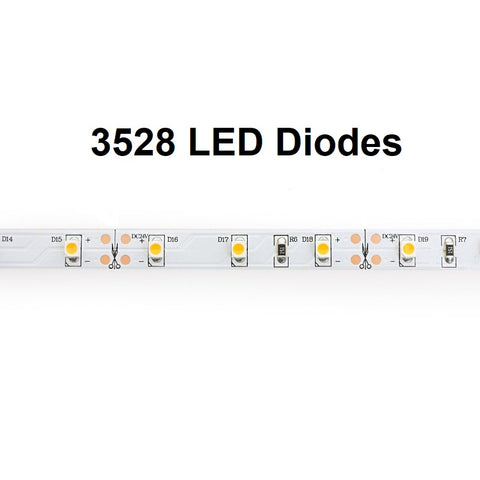All You Need to know about LED Strip Lights?
Share
LED Strip Lights: Complete Guide
LED strip lights are flexible circuit boards with surface-mounted light-emitting diodes (LEDs) that emit light in various colors and intensities. They are widely used for decorative, accent, and functional lighting in homes, commercial spaces, and vehicles.
Here’s everything you need to know about LED strip lights:
Key Features of LED Strip Lights
- Flexibility: LED strips can bend to fit curves and corners, making them suitable for many different applications.
- Energy Efficiency: LEDs are more efficient than traditional incandescent lights and emit less heat.
- Durability: LED strip lights have a long lifespan and resist shock, vibration, and even weather conditions.
- Customization: Available in various colors, brightness levels, and lengths to match different designs.
- Easy Installation: Most strips come with peel-and-stick adhesive backing or mounting clips for fast, simple setup.
- Controllability: Many LED strips can be controlled via remotes, smartphone apps, or wall switches, allowing you to change brightness and colors.
- Variety: Choose from different types such as RGB, warm white, cool white, or color-changing strips, each suited to different lighting applications.
White vs. RGB LED Strip Lights
White LED Strip Lights:
- Emit a single color of white light.
- Available in different color temperatures:
- Warm White (2700K–3000K)
- Neutral White (4000K–4500K)
- Cool White (5000K–6000K)
- Ideal for task lighting, accent lighting, and general room illumination.
RGB LED Strip Lights:
- Combine Red, Green, and Blue LEDs to create millions of color options.
- Perfect for mood lighting, events, and dynamic displays.
- Easily controlled via remotes or smartphone apps to change color and brightness.
👉 Tip:
Choose white strips if you need straightforward illumination. Go for RGB strips if you want flexibility with colors and mood settings.
Indoor vs. Outdoor LED Strip Lights
Indoor LED Strip Lights:
- Ideal for ambient lighting, accent lighting, and under-cabinet lighting.
- Usually lower voltage (12V or 24V) and simple to install with adhesives or brackets.
Outdoor LED Strip Lights:
- Designed to be weatherproof (IP65, IP67, or IP68 rated).
- Commonly used for patios, decks, landscaping, architectural, and security lighting.
- Often require protective enclosures and more robust installation methods.
👉 Important:
Always choose a strip with a proper waterproof rating if you plan outdoor installations!
LED Strip Voltage: 12V vs. 24V
12V LED Strip Lights:
- Easier to install, more flexible, and can run off smaller power supplies.
- Great for shorter runs, small accent lighting, and DIY projects.
- Common for under-cabinet lighting and small displays.
24V LED Strip Lights:
- Support longer runs without voltage drop issues.
- Produce higher brightness and are more stable for large-scale lighting projects.
- Ideal for outdoor lighting, commercial spaces, and architectural designs.
👉 Rule of Thumb:
For bigger projects or longer installations, 24V strips are often a better choice.
Sizes of LED Diodes on LED Strips
Common LED sizes include:
| LED Type | Size (mm) | Brightness Level | Typical Use |
|---|---|---|---|
| 3528 | 3.5mm × 2.8mm | Lower brightness | Accent and decorative lighting |
| 5050 | 5.0mm × 5.0mm | Higher brightness | General and task lighting |
Other LED sizes you may encounter:
- 2835: Higher efficiency, often used in modern LED strips.
- 5630: Very bright, suitable for powerful lighting needs.
- 3014: Small and compact, good for smooth, uniform lighting.
👉 Tip:
Use 3528 LEDs for subtle lighting effects. Choose 5050 or 5630 LEDs when you need stronger, brighter lighting.



Final Thoughts
LED strip lights offer a versatile, efficient, and customizable solution for almost any lighting project — whether you’re illuminating your kitchen, highlighting architectural features, or creating a colorful outdoor atmosphere.
At GekPower, we offer a full range of indoor and outdoor LED strip lights, controllers, power supplies, and everything you need to bring your lighting ideas to life!
📋 Quick LED Strip Light Selection Checklist:
✅ Choose Indoor or Outdoor rated
✅ Decide on White or RGB
✅ Pick the correct voltage (12V or 24V)
✅ Match diode size and brightness needs
✅ Select controllability (remote, app, smart integration)

